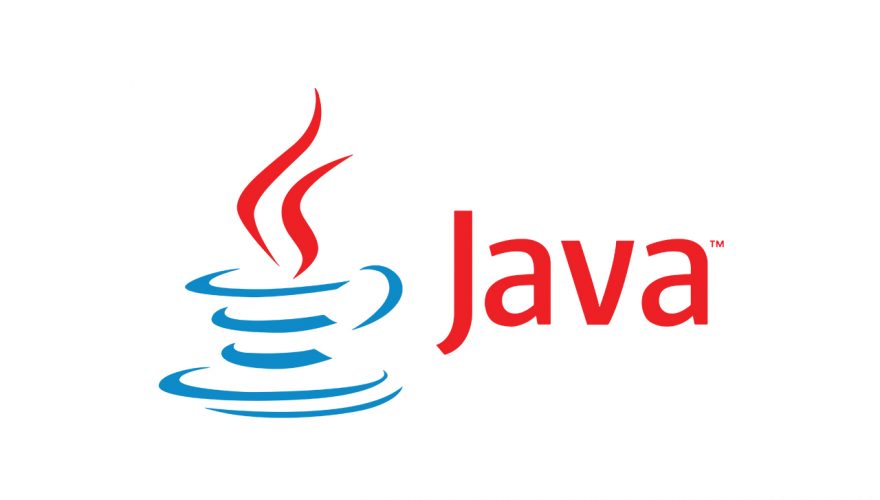JAVA / DOMINIO DE APIS JAVA7
Course Description
Course Topics
Introducing the Java Technology Relating Java with other languages Showing how to download, install, and configure the Java environment on a Windows system. Describing the various Java technologies such as Java EE, JavaME, Embedded Java SE Describing key features of the technology and the advantages of using Java Using an Integrated Development Environment (IDE)
Thinking in Objects Defining the problem domain Identifying objects and recognizing the criteria for defining objects
Introducing the Java Language Defining classes Identifying the components of a class Creating and using a test class Compiling and executing a test program
Working with Primitive Variables Declaring and initializing field variables Describing primitive data types such as integral, floating point, textual, and logical Declaring variables and assigning values Using constants Using arithmetic operators to modify values
Working with Objects Declaring and initializing objects Storing objects in memory Using object references to manipulate data Using JSE javadocs to look up the methods of a class
Using operators and decision constructs Using relational and conditional operators Testing equality between strings Evaluating different conditions in a program and determining the algorithm Creating if and if/else constructs Nesting and chaining conditional statements Using a switch statement
Creating and Using Arrays Declaring, instantiating, and initializing a one-dimensional Array Declaring, instantiating, and initializing a two-dimensional Array Using a for loop to process an Array Creating and initializing an ArrayList Using the import statement to work with existing Java APIs Accessing a value in an Array or and ArrayList Using the args Array
Working with String and StringBuilder objects Creating and Invoking a Method Passing arguments and returning values Creating static methods and variables Using modifiers Overloading a method
Using Encapsulation and Constructors Creating constructors Implementing encapsulation
Introducing Advanced Object Oriented Concepts Using inheritance Using types of polymorphism such as overloading, overriding, and dynamic binding Working with superclasses and subclasses Adding abstraction to your analysis and design Understanding the purpose of Java interfaces Creating and implementing a Java interface
Handling Errors Understanding the different kinds of errors that can occur and how they are handled in Java Understanding the different kinds of Exceptions in Java Using Javadocs to research the Exceptions thrown by the methods of foundation classes Writing code to handle Exceptions
The Big Picture Creating packages and JAR files for deployment using java Two and three tier architectures Looking at some Java applications examples
Descripción: Los servicios Web están diseñados para permitir acceso basado en Web a software distribuido y servicios de negocio. Ofrecen un estandar, una arquitectura de servicio abierto para el desarrollo de componentes que les permite ser accedidos desde la Web con protocolos estándares como HTTP and y formatos XML para mensajes y descripción de servicios. En nuestro curso de Web Services entenderás la arquitectura actual de los Servicios Web y de las tecnologías que soportan Web Services incluyendo la nueva API de Java como lo es JAX-WS y JSR-181
Pre-requisitos: Conocimiento o experiencia en programación Java y XML.
Course Info
- Prerequisites: No
- Course Capacity: 50
- Certificate: No
About Instructor
-
CLOUD TECHNOLOGY TRAINING
CON MÁS DE 13 AÑOS DE EXPERIENCIA, UN CAPITAL HUMANO CERTIFICADO Y EXPERTOS EN NUESTRA GAMA DE SERVICIOS, SOMOS LA OPCIÓN QUE BUSCABAS PARA POTENCIALIZAR TU EMPRESA.


